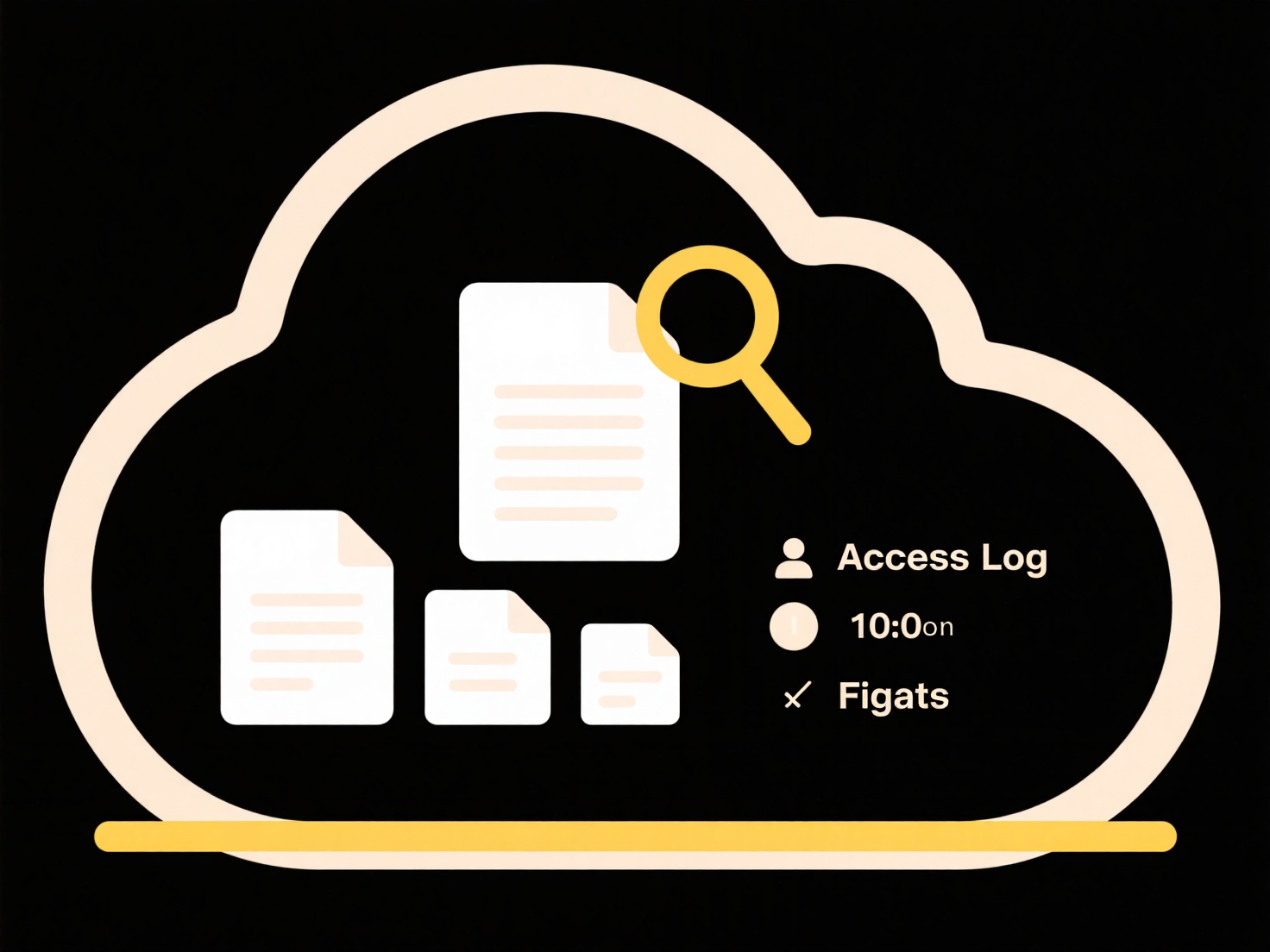
Yes, you can require Multi-Factor Authentication (MFA) to open shared files if the file storage platform and access management system support it. MFA requires users to provide two or more verification factors—something they know (like a password), something they have (like a phone with an authenticator app), or something they are (like a fingerprint)—to gain access. This differs significantly from traditional single-password access by adding critical layers of security against compromised credentials.

Platforms like Microsoft 365 (using Azure AD Conditional Access policies) or Google Workspace often support enforcing MFA specifically for accessing sensitive documents or folders, regardless of where the user logs in from. For example, a finance department might configure MFA protection on a SharePoint library containing confidential budget spreadsheets, while a healthcare clinic might use it for patient record folders stored on cloud drives.
Enforcing MFA drastically improves file security by blocking unauthorized access even if passwords are stolen, protecting sensitive data. However, it can add an extra step for legitimate users, potentially impacting productivity if not implemented thoughtfully (e.g., excluding trusted networks). Future developments include broader MFA integration within collaboration platforms and the rise of FIDO2/WebAuthn standards for passwordless and phishing-resistant MFA, improving both security and convenience over time.
Can I require MFA (multi-factor authentication) to open shared files?
Yes, you can require Multi-Factor Authentication (MFA) to open shared files if the file storage platform and access management system support it. MFA requires users to provide two or more verification factors—something they know (like a password), something they have (like a phone with an authenticator app), or something they are (like a fingerprint)—to gain access. This differs significantly from traditional single-password access by adding critical layers of security against compromised credentials.

Platforms like Microsoft 365 (using Azure AD Conditional Access policies) or Google Workspace often support enforcing MFA specifically for accessing sensitive documents or folders, regardless of where the user logs in from. For example, a finance department might configure MFA protection on a SharePoint library containing confidential budget spreadsheets, while a healthcare clinic might use it for patient record folders stored on cloud drives.
Enforcing MFA drastically improves file security by blocking unauthorized access even if passwords are stolen, protecting sensitive data. However, it can add an extra step for legitimate users, potentially impacting productivity if not implemented thoughtfully (e.g., excluding trusted networks). Future developments include broader MFA integration within collaboration platforms and the rise of FIDO2/WebAuthn standards for passwordless and phishing-resistant MFA, improving both security and convenience over time.
Related Recommendations
Quick Article Links
Can I preview files without opening them fully?
File previewing allows viewing a file's content immediately without launching the dedicated application or loading the e...
What is the difference between “Search” and “Find” in apps?
In apps, "Find" refers to locating specific text within the current view or document, typically using a text string you ...
How do I share local files without uploading them to the cloud?
Sharing local files without the cloud involves methods that transmit data directly between devices over a network like a...